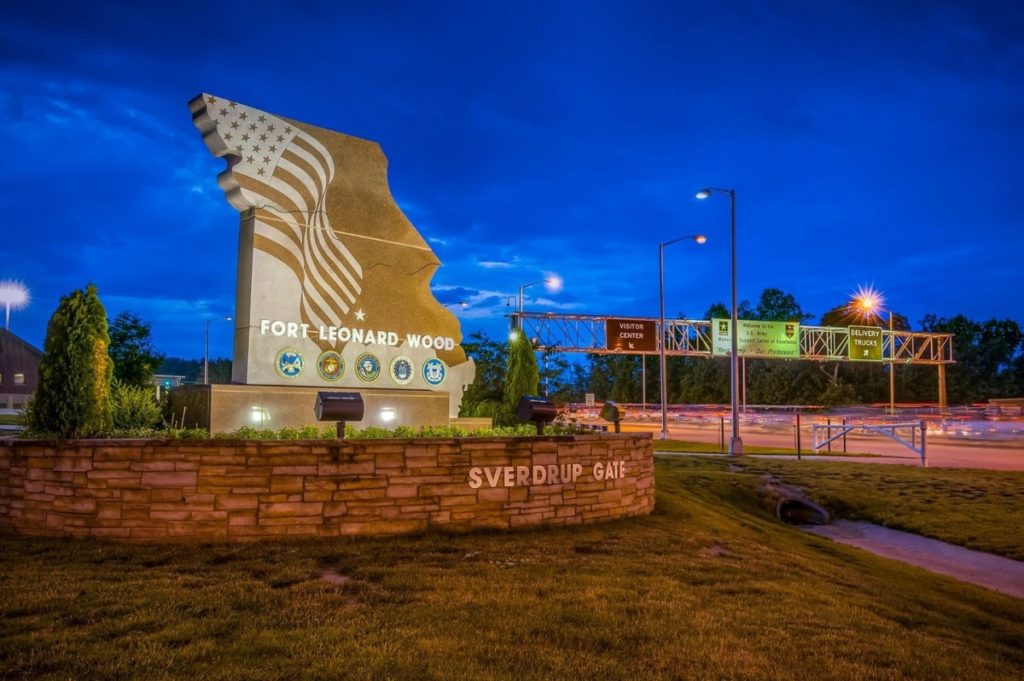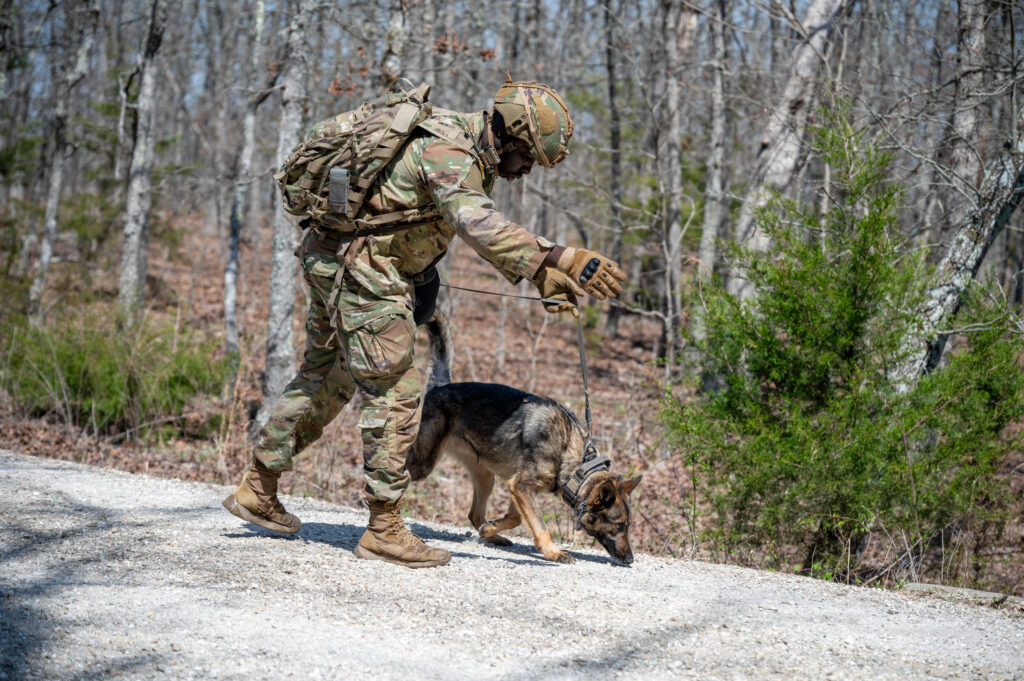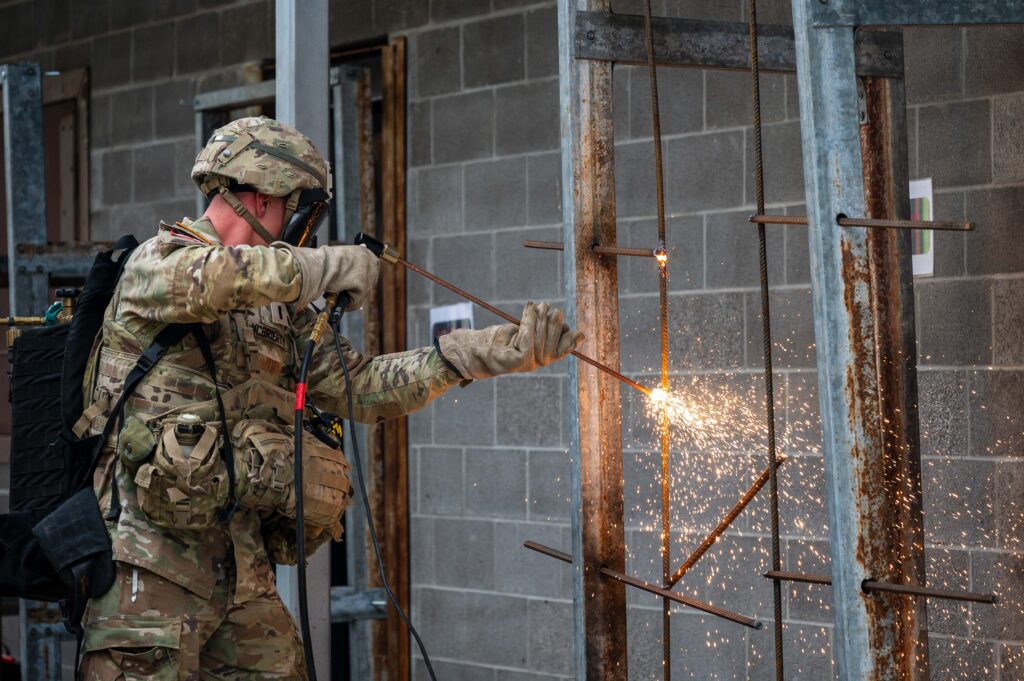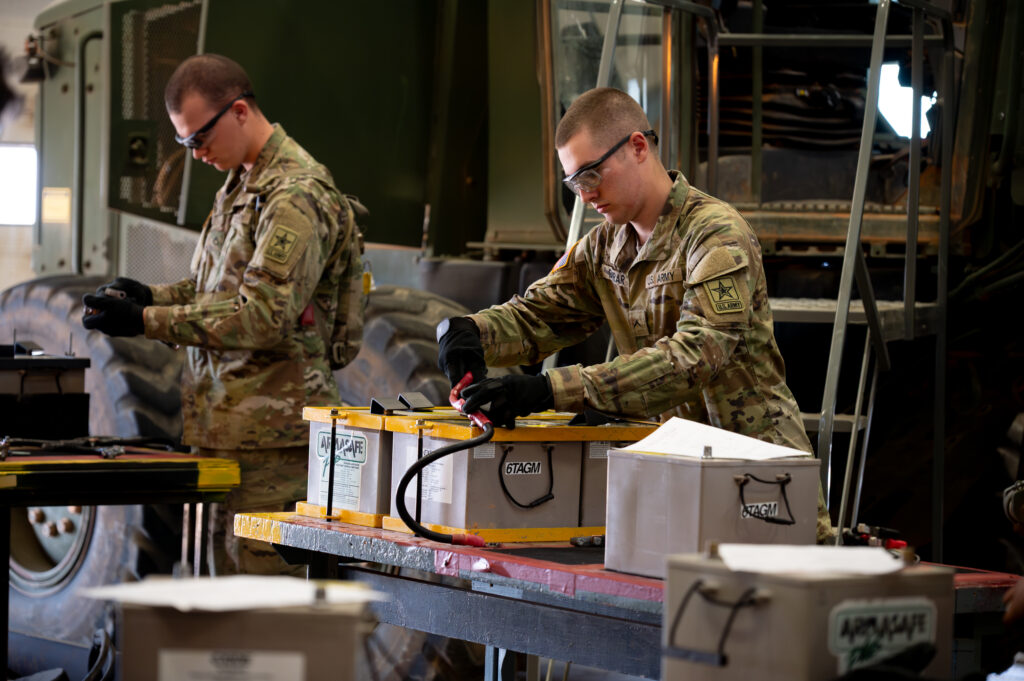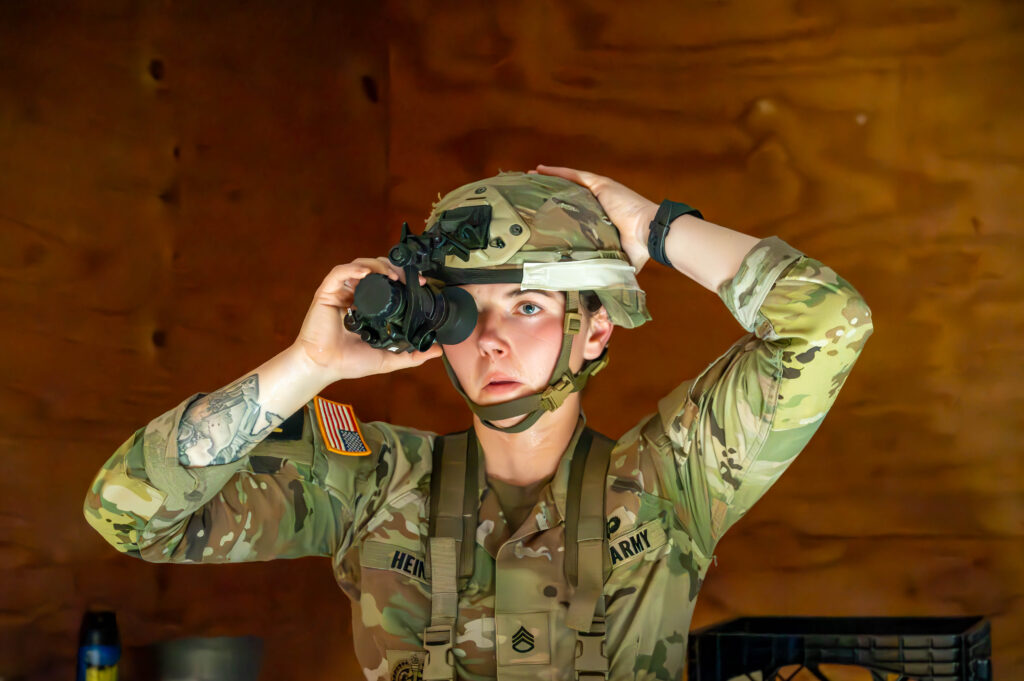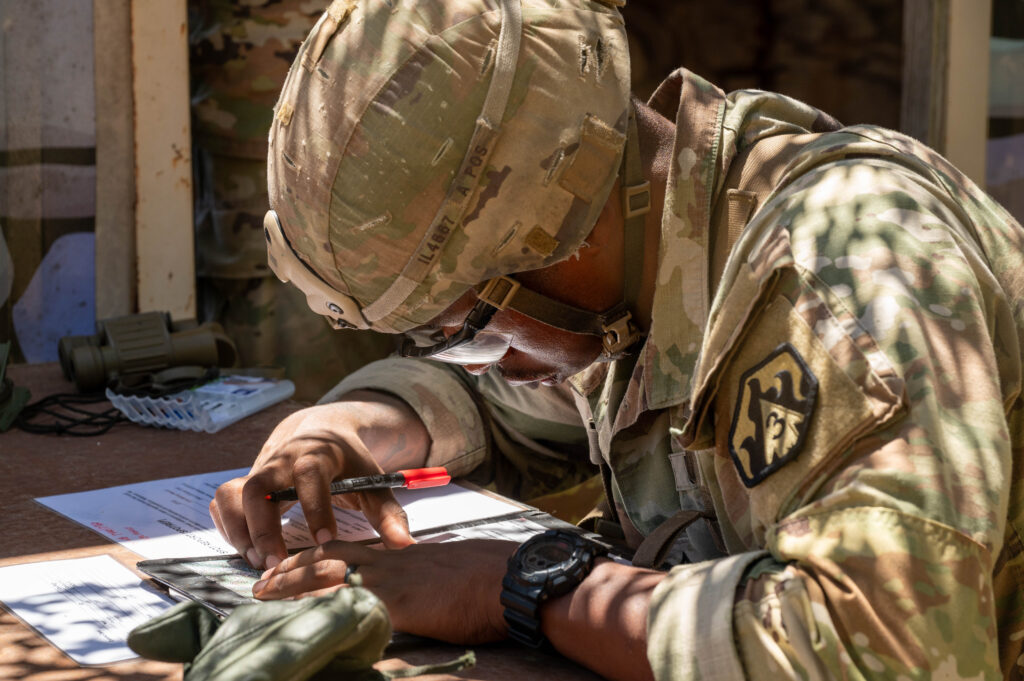Sam Campbell
FORT LEONARD WOOD, Mo. (Dec. 26, 2019) – The U.S. Army is replacing the 1970s-era VDR-2 with a new piece of handheld radiation detection technology, bringing the fighting force’s surveying capabilities into the 21st century.
Soldiers in basic training, regardless of military occupational specialty, are taught how to use the VDR-2, and therefore will receive training on the Radiological Detection System upon its implementation in 2020.
Officials said the Army anticipates ordering 50,000 units, followed by all other service branches in 2021.
Subject matter experts, Tank-automotive and Armaments Command officials, representatives from Army Test and Evaluation Command and Soldiers from the 3rd Brigade Chemical Reserve, 102nd Training Division, discussed training dissemination at the Lt. Joseph Terry Chemical, Biological, Radiological, and Nuclear First Responder Training Facility last week.
To test training feasibility for all MOSs, Maj. Joe Hughes, 3rd Brigade Chemical, brought Soldiers from a wide variety of backgrounds whose specialty is not CBRN — from watercraft engineers to military police.
“Because this will go out to the field, it’s not just a chemical unit specific equipment,” he said. “This will be for all units to be able to utilize.”
Non-CBRN Soldiers at the training said that they could operate the device if need be, despite having a professional focus outside of radiation detection.
“This isn’t our MOS, so for having something that we really have no clue about, they’re able to (teach) it in a way that we’re able to comprehend it, we’re able to do it, and take out our module and put in all the information,” said Sgt. Alicia Holdner, a watercraft engineer with 3rd Brigade Chemical. “It’s pretty straightforward.”
Hughes said ensuring every Soldier can operate the equipment will result in a more well-rounded fighting force.
“So of course our school here is strictly chemical focused, however, now you have … Soldiers going back to their units who are now subject matter experts on this equipment, and they can help their unit and be able to instruct to the lowest level,” he said.
Christopher Dugger, a subject matter expert and test analyst with Joint Product Leader for Radiological and Nuclear Defense, demonstrated the device’s sensitivity and accuracy against what industry professionals call “check sources,” or such small amounts of material they are not legally radioactive.
He said the RDS is a substantial improvement from its predecessor.
“(RDS) minimizes the time it takes to survey something out to see if it’s contaminated,” he said.
This is a big deal, he said, because “you want to keep your radiation (exposure) as low as possible.”
Dugger said unlike the VDR-2, the new device provides standoff detection via extendable probes, further minimizing user exposure to potentially deadly materials.
“The more data I give it to process, the better it is, the more accurate it gets,” he said. “The problem with that is more data means more radiation. I, as a biological being using this, am getting myself into more radiation. And that’s where something like this comes in.”
The RDS not only detects but quantifies the presence of radioactive material — another upgrade over the VDR-2. Its onboard computer records gathered data for a later study as well.
Dugger said that the RDS has cut its predecessor’s margin of error in half.
Modular and customizable, the system kit can be tailored to the military unit to which it’s assigned, making widespread operation of the equipment not only an effective force multiplier, officials said, but user-friendly.
“(With RDS), doesn’t matter what type of radiation that it is,” said Staff Sgt. James Alberson, 3rd Brigade Chemical, CBRN Advanced Leader Course instructor. “Because this is all-inclusive of detect, identify and measure, you can use just this one system for all your needs.”
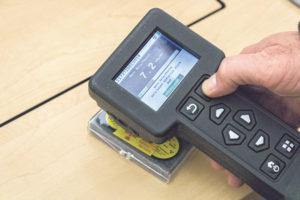
-30-
About Fort Leonard Wood
Fort Leonard Wood is a thriving and prosperous installation that has evolved from a small basic training post more than 75 years ago to a premier Army Center of Excellence that trains more than 80,000 military and civilians each year.
Fort Leonard Wood is home to the U.S Army Maneuver Support Center of Excellence and three U.S. Army schools: the U.S. Army Engineer School; U.S. Army Chemical, Biological, Radiological and Nuclear School; and the U.S. Army Military Police School. In addition to training engineer, CBRN and military police specialties for the Army, Fort Leonard Wood also provides gender-integrated in-processing and Basic Combat Training for new Soldiers.
Fort Leonard Wood also hosts and trains with the largest Marine Corps Detachment and Air Force Squadron on any Army installation as well as a large Navy construction detachment.
More information about Fort Leonard Wood is at: https://home.army.mil/wood/index.php/about/mission
